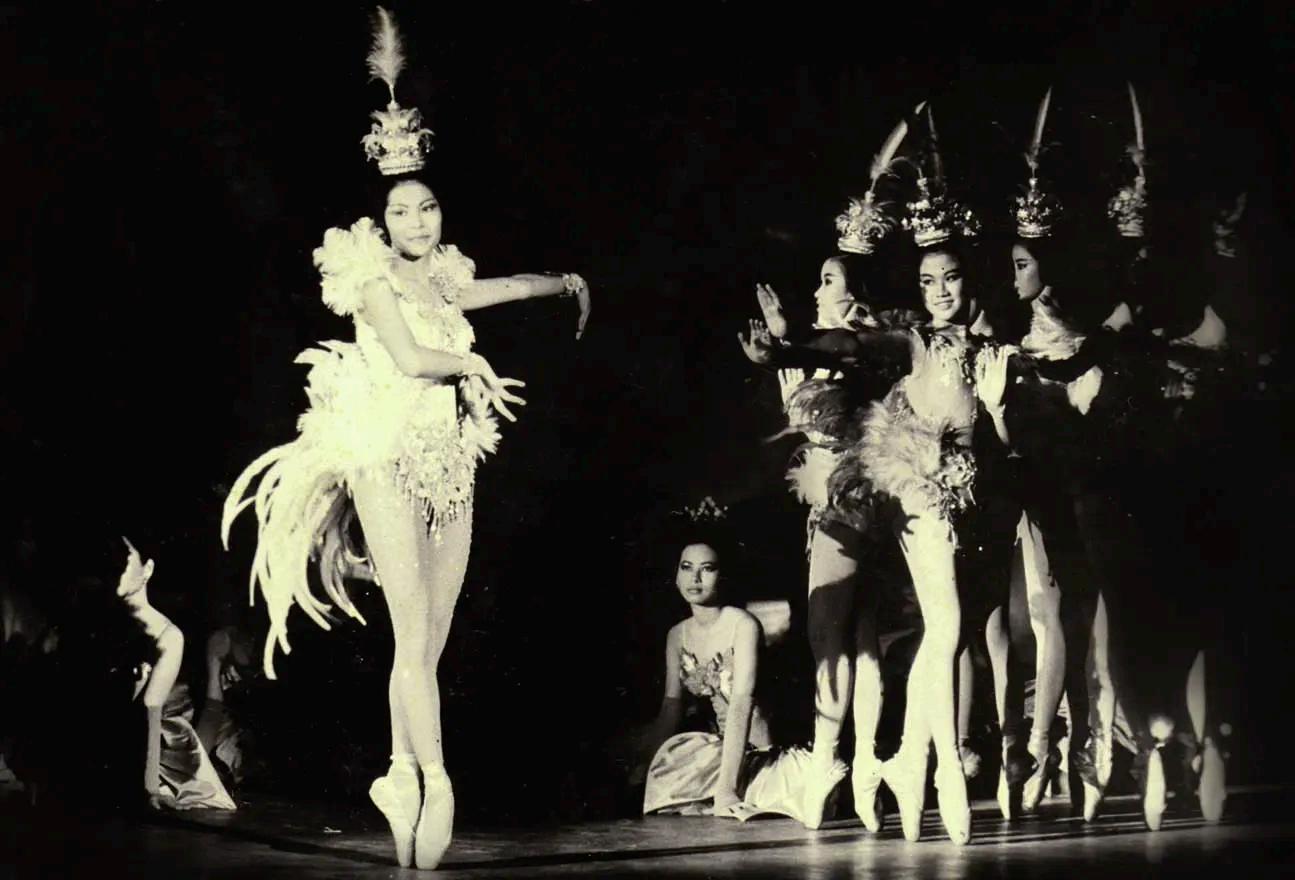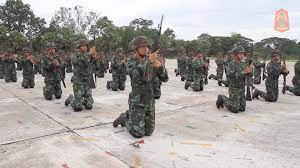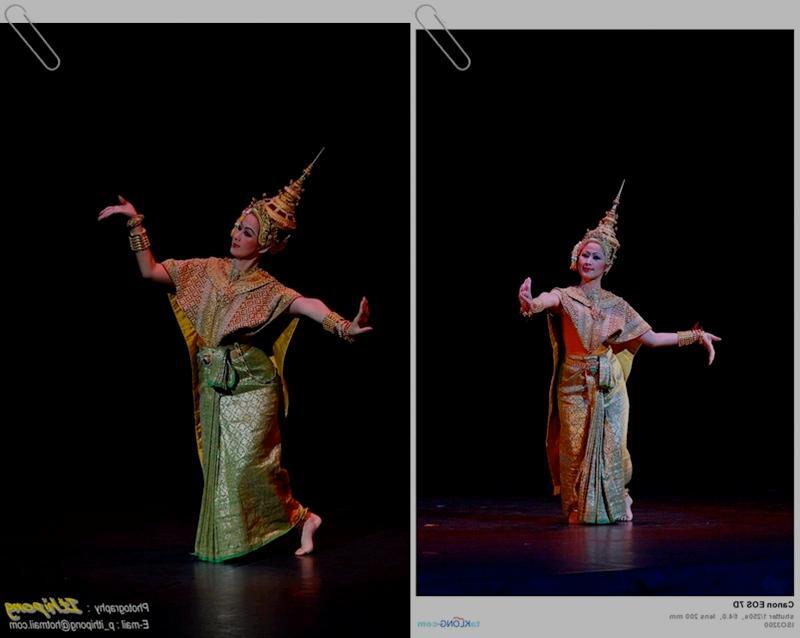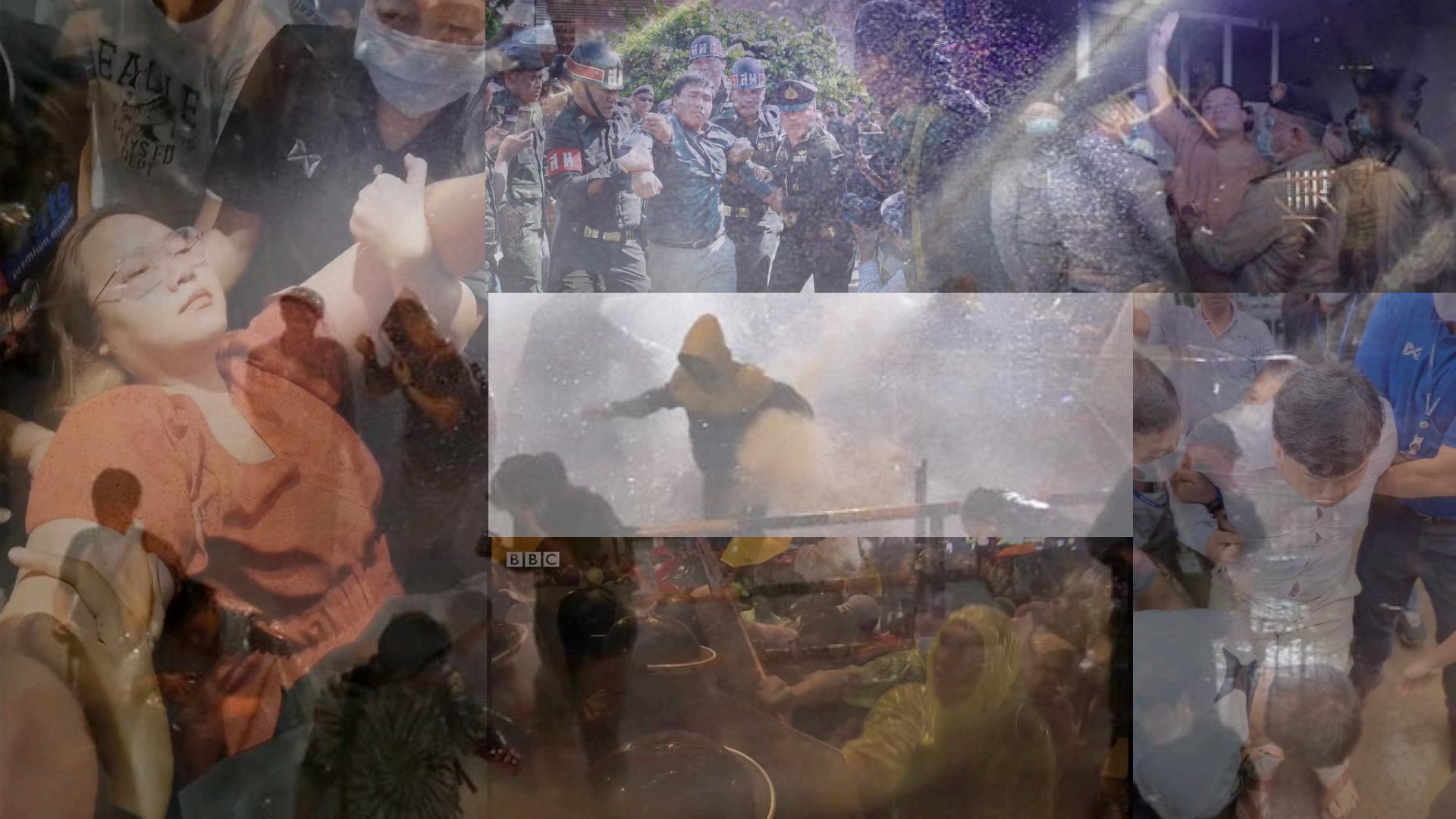INTERMISSION CHOREOGRAPHY APPENDIX







ORIGIN
late Middle English: from Latin intermissio(n-), from the verb intermittere mid 16th century: from Latin intermittere, from inter- ‘between’ + mittere ‘let go’.

Intermit | ˌɪntəˈmɪt | verb (intermits, intermitting, intermitted) [with object] suspend or discontinue (an action or practice) for a time: he was urged to intermit his application • [no object] (especially of a fever or pulse) stop for a time.
Intermission
In Thailand, time seems to be suspended in a state of stagnancy, where linearity has been misplaced and the present moment is elusive. The country's monarchy regime, characterised by military rule and hierarchical capitalism, has imposed a state-enforced narrative that treats the national history as a haunting past. Coups d'état have repeatedly disrupted the country's trajectory of time, transiting Thailand in the retrograde of beguiled futurity.
INTERMISSION is a dance series that imagines a postmodern dance scene in Thailand that does not yet exist. Taking its name from the pause period of a conventional show, INTERMISSION challenges time conformity and envisions a new way of experiencing time through dance. What if a temporary pause becomes a continual temporality? What if an interval period of a show becomes an intervention in the flow of time itself?
| ˌɪntəˈmɪʃn |
noun (Thai context)
noun (specific name) - Director’s Statement
accumulation | əˌkjuːmjʊˈleɪʃn | noun [mass noun]
the acquisition or gradual gathering of something: the accumulation of wealth • [count noun] a mass or quantity of something that has gradually gathered or been acquired: the accumulation of paperwork on her desk
ORIGIN
late 15th century: from Latin accumulat- ‘heaped up’, from the verb accumulare, from ad- ‘to’ + cumulus
VIDURA’S ACCUMULATION ACT.
A WOMAN IS WALKING
Jintalila, known as “Thai Lyrical Dance," is a type of dance style in Thailand that combines elements of Western ballet with traditional Thai movements.
The development of Jintalila can be traced back to the introduction of ballet in Thailand, which became prominent in 1962 by Madame Damon Genéviève. She taught ballet and choreographed the first Thai ballet performance, "Manora Ballet," accompanied by the music composition in the reign of King Rama IX called "Kinari Suite." The ballet incorporated Western ballet techniques and followed the standard Thai hand gestures of traditional Thai dance.

Jinta (to think, to imagine)
Lila (manner, bearing, gesture, style; rhythm, cadence) Jintalila - A dance newly choreographed
Throughout the reign of King Rama IX and even after his passing, Jintalila became an important tool for propaganda and was integrated into the Thai education system, particularly during significant national events such as Father's Day, which coincides with the birthday anniversary of the current monarch. It was used to create choreographed dance movements to pay tribute and honour the monarchy. There were also competitions held at the district, regional, and national levels.
Key characteristics of Jintalila, as observed in the past decades, include Western ballet poses, Thai hand movements, and standardised Thai dance movements. Access to ballet techniques in Thailand was limited to a privileged few, making it less widespread, and students from rural areas had limited exposure to it.
backup | ˈbakʌp | noun |
1 [mass noun] help or support: no police backup could be expected
ON THE BEAT
BACKUP’S VARIATION
"Hang Kraeng" is a genre of backup dance in Thai country music performance called “Luk Toong”. It is a dance mostly performed by local villagers, featuring a large number of female dancers adorned with sexy feminine wardrobe accompanying country music singers.


The purpose is to entertain the audience with the rural flavours of various provinces that reside close to agricultural fields and have a non-urban heritage.
https://www.youtube.com/watch?v=wYPBFES7zlI
https://www.youtube.com/watch?v=L1Wm7fX4Uug






DUO DRILL
The military training performance “Hop To The Body Slam" (The Dance of The Royal Guards) is a training activity royally given by H.M. King Maha Vajiralongkorn (Rama X). It serves as a way to relieve stress from training and duties while demonstrating their readiness, elegance, strength, and bravery in a manner befitting the royal guard tradition. This military performance is a customary training practice of the Royal Guard, a revered institution responsible for safeguarding the monarchy.
The music was originally composed by King Bhumibol Adulyadej (Rama IX) in 1948 called “March Ratchawanlop". The lyrics were later composed and edited in 1952.
However, this training is not reserved solely for the royal guards; rather, most of the lowranked soldiers are also obligated to practise. It appears to be one of the state regulations that promotes extreme royalnationalism over the citizen’s body since the king choreographer is the commander-inchief of the Thai military.

Ratcha- (prefix) royal (raj) -wanlop (n.) friend, lover, beloved, favourite

cheerleading
noun [mass noun]
a sport involving the performance of organized cheering, chanting, and dancing in support of a sports team at matches: she started cheerleading last year after a background in dance

• the enthusiastic and vocal support of someone or something: the president deserves credit for not indulging in mindless cheerleading
adjective
relating to the performance of organized cheering, chanting, and dancing: the high school cheerleading squad.
TRIO CODE A
Cheerleading in Thailand is believed to have originated from combining cheer songs and cheerleading gestures. Later on, it incorporated the choreography and musical rhythms of the conductor controlling the music band. In the past, cheerleading duties were often performed by various individuals within the cheer squad. However, eventually, separate cheerleader teams were organised specifically for controlling the song rhythms and leading the cheers. Detailed historical records are not available, but it is assumed that cheerleading and gestures began during inter-school competitions, particularly in traditional football matches between the four schools. As for cheerleading, it is likely to have started with the intercollegiate football competition between Chulalongkorn University and Thammasat University.
University cheerleading has been a longstanding tradition, along with the concept of beauty privilege and S.O.T.U.S (Seniority, Order, Tradition, Unity, and Spirit). These practices have been deeply ingrained in Thai university culture, forming a part of the hierarchical heritage that has been present in Thai society.
However, in recent times, certain faculties within Thai universities have decided to abolish cheerleading due to concerns regarding its authoritarian culture.
| ˈtʃɪəˌliːdɪŋ |
manner | ˈ manə |
noun
(manners) polite or well-bred social behaviour: didn't your mother teach you any manners? social behaviour or habits: Trevor apologized for his son's bad manners squad.
etiquette | ˈɛtɪkɛt |
noun [mass noun]
the customary code of polite behaviour in society or among members of a particular profession or group: the rules of etiquette are changing | [with modifier] : court etiquette was now familiar to Joan | [as modifier] : etiquette books
THE SIX FUNDAMENTAL MANNERS
Thai etiquette encompasses various behaviours and expressions, such as standing, walking, sitting, lying down, giving and receiving items, showing respect, demonstrating gestures and postures, dining etiquette, providing and receiving services, greetings, conversations, listening, using communication tools, as well as conducting oneself in various formal ceremonies and occasions with proper decorum. These practices are considered essential characteristics of Thai people and are observed according to appropriate cultural norms and traditions, reflecting the distinct identity of the Thai society.
Thai manners
https://youtu.be/4hbAp6EMvPs
https://youtu.be/qTMUcoQTqVM
https://youtu.be/5aLeoARgInk
The aforementioned Thai identity refers to the historical social structure of Thai society, which was once a hierarchical society under the absolute monarchy system. Prior to the change in governance in the year 1932 (B.E. 2475), Thai society was organised into various social classes based on birth and status. Thai etiquette, therefore, is not merely a display of respect and honour, but also a form of body language that reinforces and perpetuates social hierarchy alongside power exercise.
Currently, there are national-level Thai etiquette competitions where representatives from each school send students to compete. The selection process starts from the district level, then proceeds to the regional level, and culminates at the national level. These competitions follow the standards set by the Bureau of the Royal Household.

WHEN WE WERE PADDLING TOGETHER
paddling | ˈpadəlɪŋ, ˈpadlɪŋ | noun rare
a flock of swimming ducks: each time he saw a paddling of ducks he threw them some bread.
In the year 2020, the grassroots political movement known as "Khana Ratsadon" (People's Party) emerged from the dissolution of the Future Forward Party in the military-led government that assumed power through a coup d'état in 2014.
On November 17, 2020, Ratsadon announced the complete blockade of the Parliament, both by land, water, and air, to pressure the members of Parliament to draft amendments to the constitution. When the appointed time arrived, the protesters started gathering in the area. However, in the meantime, authorities had assembled high-pressure water cannons and tear gas, which they intended to use for crowd control.
As a result, the protesters transformed rubber ducks into protective gear and used them as shields against the water cannons. During clashes with the hyper royalist group that occurred later that evening, the rubber ducks were once again utilised as protective armour.

The rubber ducks became the emblem of the leaderless political movement of the People in 2020, affirming that the protesters were ordinary citizens. The rubber ducks served as shields against the water cannons used by the authorities and shared a cultural political symbol associated with the protests, similar to Hong Kong's Umbrella Revolution. The Khana Ratsadon movement began to decline when the government enforced Article 112 of the Penal Code (lèse-majesté law), and this situation has been hold still until the present day.























